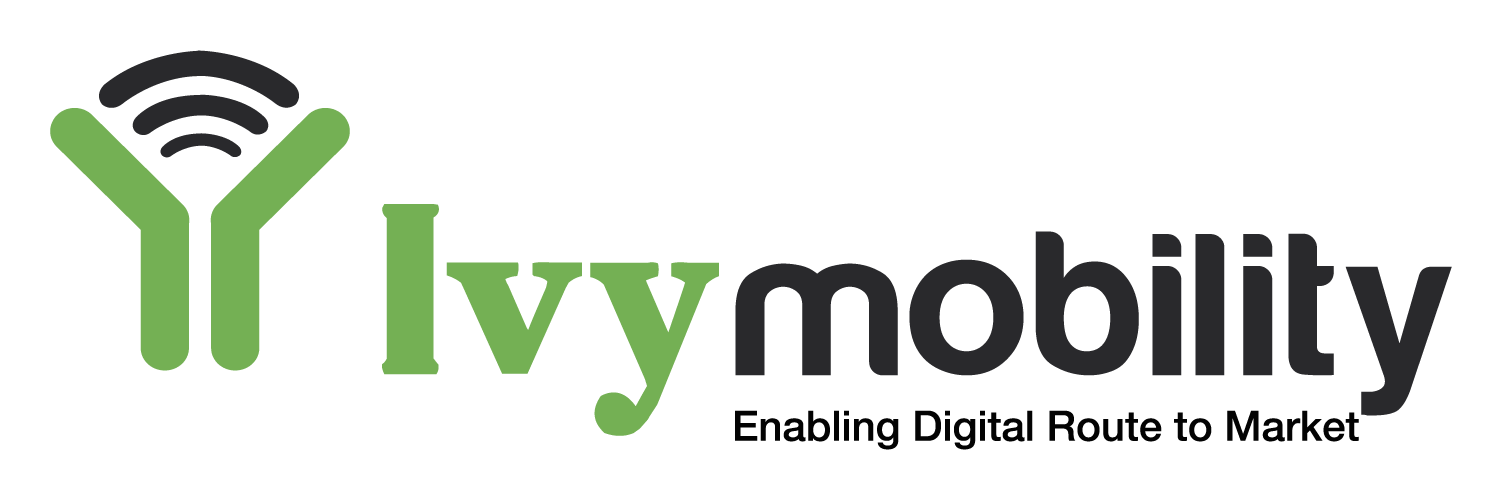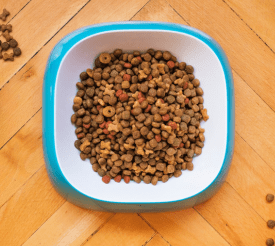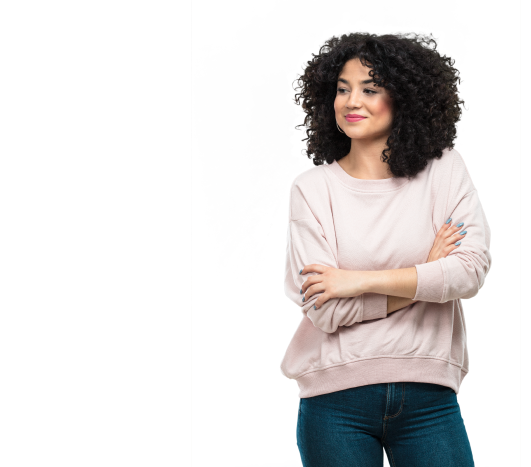Top Wine and Spirit Manufacturer Automates Merchandising Activities For Cost Savings and Reduced OOS
One of the world’s second-largest wine and spirit manufacturers, with a presence in more than 150 countries, continues to expand to new geographies every few years while increasing market share in existing markets.
In 2022, the sales for the company grew by 17%, but the brand visibility and Share of Shelf in new markets were low. The company’s existing Retail Execution solution for tracking sales and merchandising activities was clunky and time-consuming, with connectivity issues in remote areas.
The company needed a solution to simplify merchandising activities at retail stores and track KPIs closely in real time. That is when we partnered with the alcohol giant to implement our Image Recognition solution, Ivy Eye, for automating in-store merchandising activities for the company.
Need for Granular KPI Tracking & Visibility
The alcohol company tracked the retail execution KPIs using a smartphone-based data entry solution, and finishing the outlet coverage with the existing merchandising field force took time. With the company expanding into newer markets, hiring and training field force agents was a big challenge.
For in-store merchandising, the field force was tracking only shelf availability at a brand level and the share of a shelf of products. With limited field force bandwidth, granular KPIs tracking such as SKU level OSA, Planogram adherence, and Eye level product presence was difficult.
The company needed a system to seamlessly integrate with its current merchandising activities while automating all the necessary steps to achieve maximum productivity and coverage.
Automation & Real-time Monitoring with Ivy Eye
Ivy Eye, an integrated image recognition solution for consumer goods retail execution, was implemented for the leading alcohol company. The modern retail channel in India is one of the fastest emerging markets for the company, and that is where we first started implementing Ivy Eye.
The following KPIs were auto-enabled to capture through an image recognition system specifically trained to identify varying sizes and varieties of liquor bottles.
The KPI tracking was done for a select set of competitors as well. This way, the brand could compare pricing, variants, and competitors’ sales to develop marketing campaigns and strategies.
Challenges of Image Recognition Implementation
As with any computer vision technology, implementing an image recognition solution on the ground is always challenging. Challenges start from infrastructure, processes, and regulations, going all the way to adoption by the field force used to doing things manually. Here are a few tech issues we faced with Ivy Eye implementation for this leading alcohol company.
Varying Product Sizes
Store Lighting Conditions
Camera Alignment
Imaging Distance
Measuring Real Impact
95% Accuracy
2.8 minutes of image processing time
55% of time savings
5% improvement in OSA
Ivy eye implementation improved business visibility by tracking additional KPIs and increasing the granularity of KPI tracking. Improvement in execution resulted in a 5% improvement in OSA in 4 months of execution.





